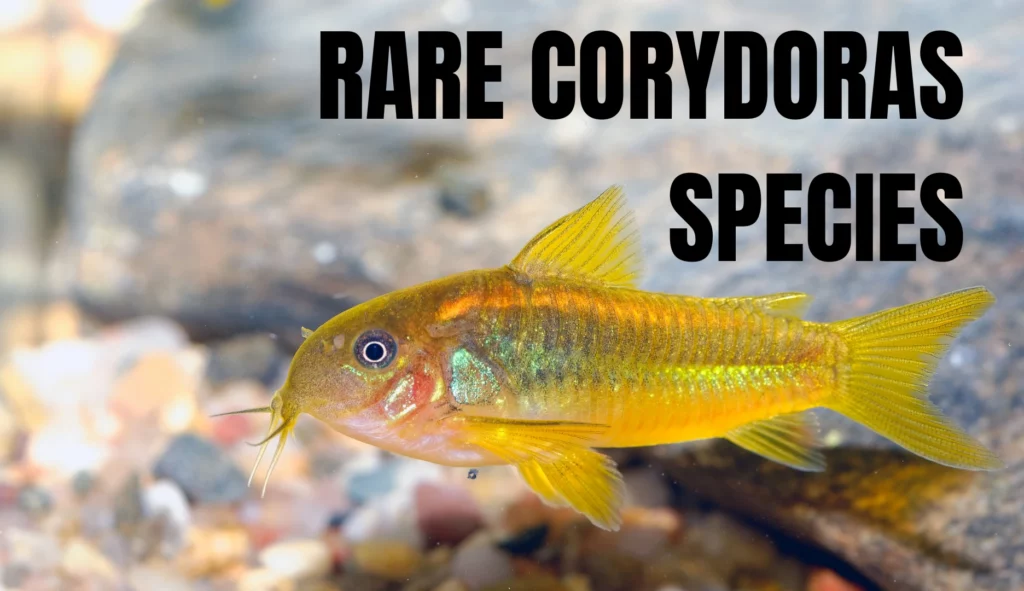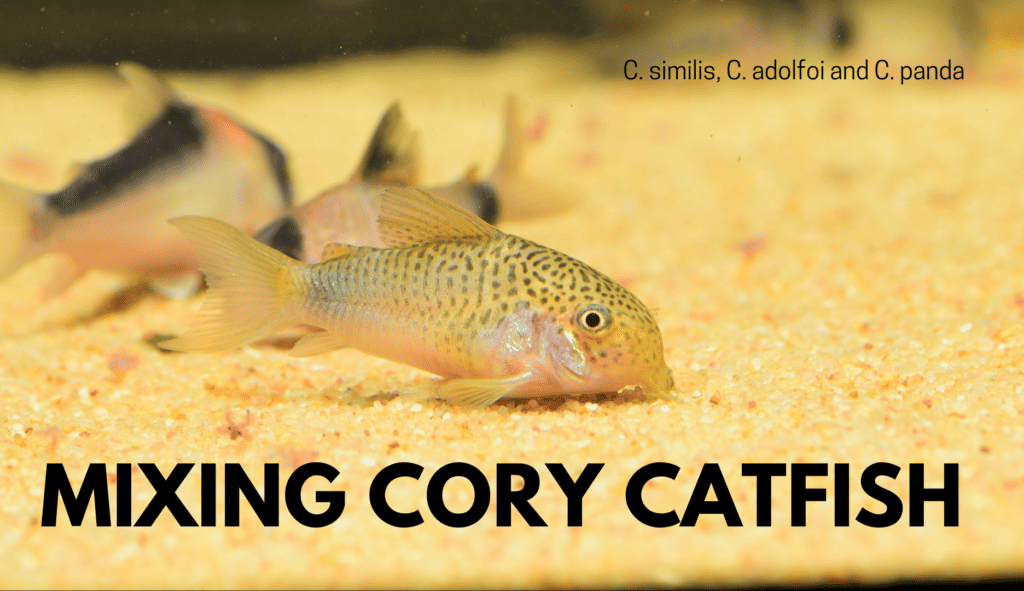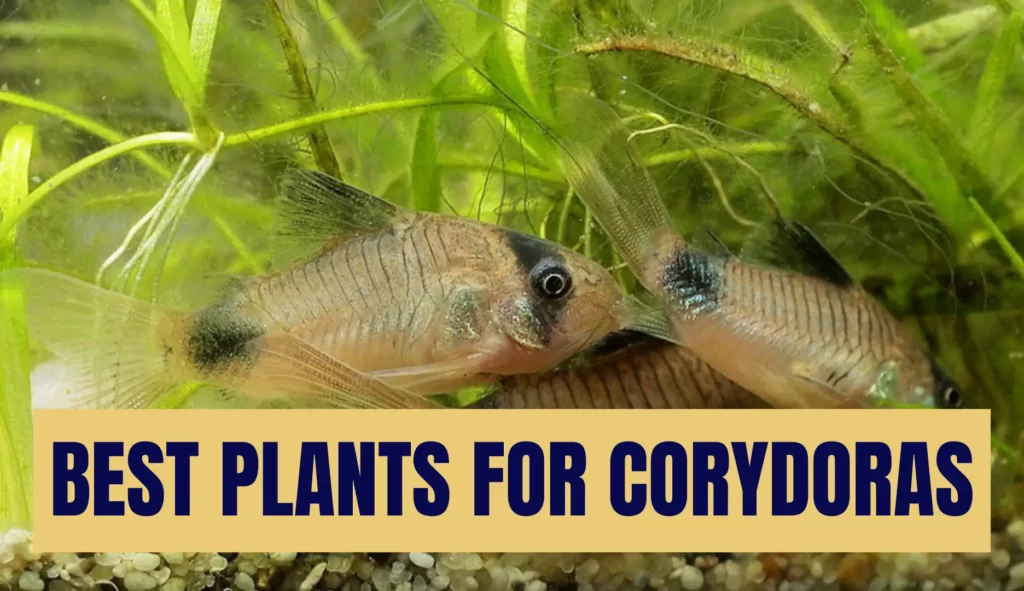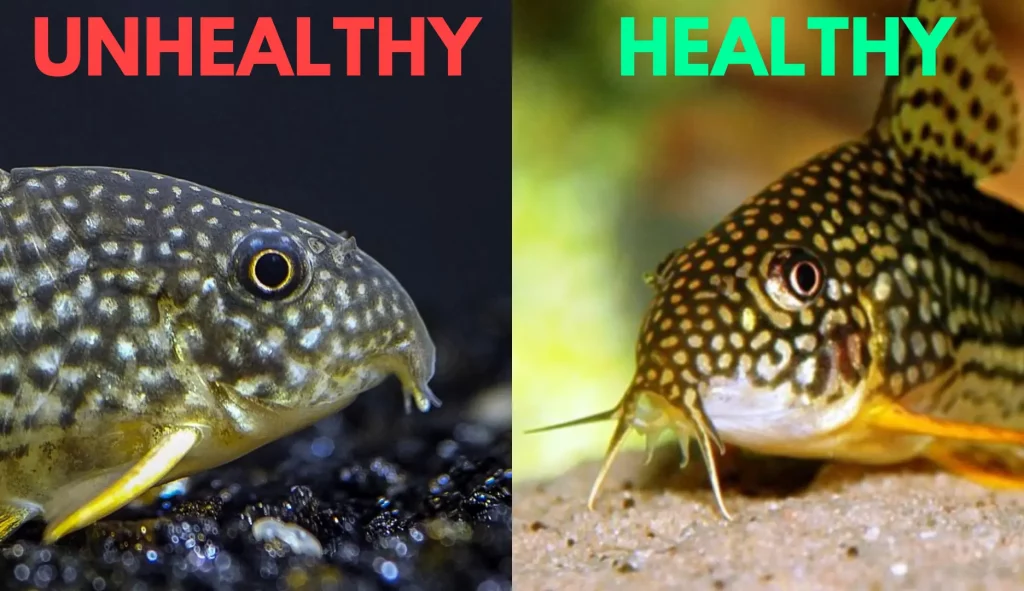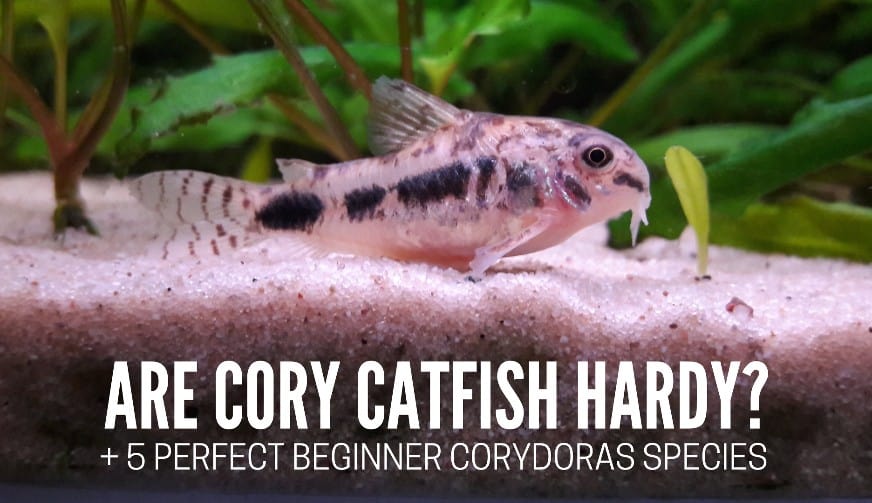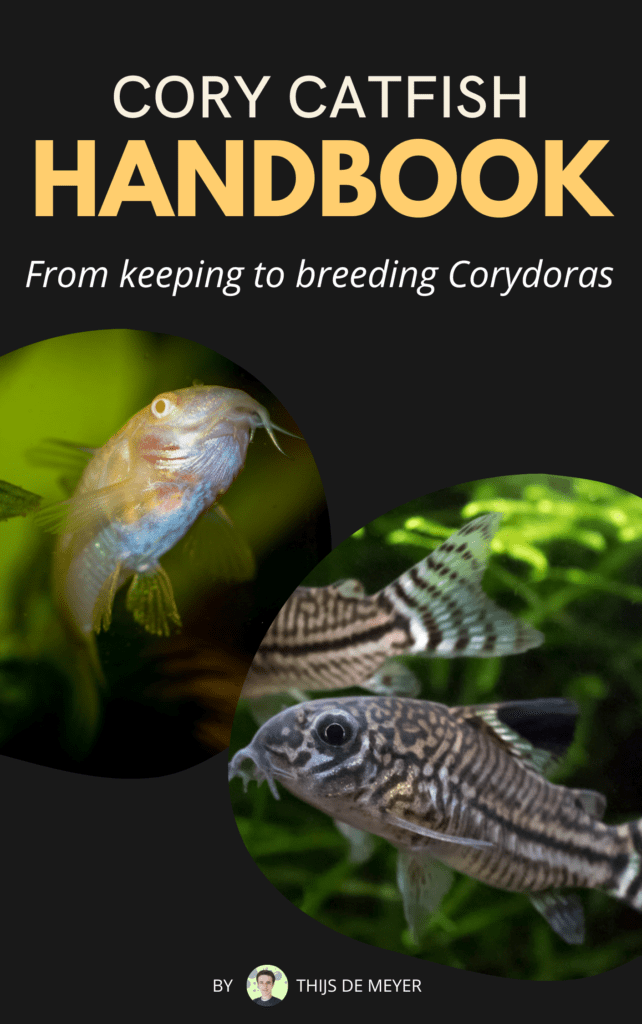With the number of plecos that have characteristics in common, it is not always easy to know which fish we have in our aquarium.
If you are unsure which type of plecos you have, looking at the different physical characteristics can help you correctly identify plecos.
Identifying the pleco is crucial to ensuring your fish receives food, habitat, and care.
Without proper identification, you risk providing inappropriate care that could negatively impact the pleco.
The correct identification of the pleco fish we are keeping will directly dictate our handling of the fish. Only then will we know how to create and maintain the proper environment, proper nutrition, and specific compatibility and health care.
How to identify your pleco
Achieving accurate identification
Regarding scientific identification, some hobbyist hobbyists for plecos study scientific articles and even work with specialized scientists.
Anyway, it is worth noting that the approach differs considerably between identifying a hobbyist with that of a scientist.
Aquarists often use basic visual characteristics such as color patterns, body shape, and even fish behavior to make their identification. They rely on direct observation and comparison with information from reputable sources such as identification guides and aquarium forums.
Correct scientific identification is an incredibly detailed and accurate process. Zoologists and other scientists look at microscopic details, anatomical structures, and genetic characteristics to categorize and name genera and species.
They work with specific terminologies and consider aspects that may go unnoticed by a hobbyist.
Identifying pleco catfish
Let’s address practical aspects of how to identify a pleco. Due to the diversity of plecos available and mainly the variation between individuals of the same species, achieving accurate identification can be time-consuming and complex.
One of the challenges is that there are few scientific studies and information available. Many common plecos in the aquarium trade have yet to be described or even studied by science. Therefore, not all plecos have defined scientific nomenclature.
In these cases, aquarists have developed their nomenclature, known as L-number, where the authors describe the species by the prefix L followed by a number, which identifies the species; For example, L-046, the well-known zebra pleco. For the average hobbyist, this adds a layer of challenge to identification.
The similarity between species can also get in the way. Some plecos share similar color, body, and pattern characteristics, making it difficult to identify based on visual observation alone. Identification of plecos often requires a keen eye and detailed knowledge of the distinctive characteristics of each species.
Physical characteristics/morphology
To correctly identify a pleco, it is essential to know its anatomy. Features like barbels, mouth shape, teeth, color patterns, fins, and body structures differentiate species.
Carefully observing each aspect is like deciphering a code valid only for one kind of pleco.
As many species have not been described by science, aquarists catalog morphological characteristics of some of the available plecos species.
This information is available directly from other aquarists (mainly those dedicated exclusively to plecos), in specialized forums on the internet, and in books.
As much as this makes the exact identification difficult, it adds a touch, making us look into the mystery of the plecos.
Distinct color patterns
The color patterns of the plecos help us differentiate between species. Bright colors, spots, stripes, and even subtle variations can be used for identification.
In this case, the place of collection, at the geographic level, plays a role. Plecos of the same species can exhibit color variations based on the regions they are collected.
Observing the pigmentation of the skin and fins, you can find important clues about the identity of your pleco, but it should never be used as a single route. The hue, contrast, and color arrangement vary significantly even within the same species.
Extra tip
Barbels and mouth
The barbels are structures located around the mouth of the fish, which plecos use to move around, recognize the environment and even communicate.
The function performed varies between species, but the analysis of this structure is crucial in fish identification. The shape, size, and arrangement of barbels vary between plecos.
The variation in their shape is notable between species. Some plecos have long, thin barbels, while others have shorter, more branched barbels. These variations have a specific purpose and are related to each fish’s eating habits and environment.
In addition to the barbel, the mouth structure and the shape of the teeth also play a vital role in identification, as it influences the eating habits and behavior of the plecos.
Plecos with small, circularly arranged teeth and mouths designed for suction specialize in scraping algae and organic matter from surfaces. Others with large teeth and wide mouths feed on larger pieces of food like wood or invertebrates.
This variety of oral adaptations allows different species to explore specific food niches.
The Ancistrus species are an example of an easily identifiable species due to its branched barbels.
Related Read: Pleco Mouth: The Full Guide ->
Body shape and fins
The dorsal view, which allows us to analyze the shape of the body and the disposition of the fins, is especially useful in identification.
The body of the plecos tells us a lot about the natural environment in which they live. Plecos that live in fast-flowing rivers or among rocks often have flatter and stronger bodies, allowing them to hold steady against the current.
Those that inhabit rock-heavy areas may have stout bodies and broad, sturdy tails for precise underwater maneuvering.
A notable example of an easily identifiable fish is the Albino Veil Bristlenose Pleco. Its distinctive mouth shape, albino coloration, long body, and long fins make it unmistakable.
Behavior and preferences
Even though it isn’t always accounted for in zoological identification, pleco behavior plays an essential role within the aquarist.
Each species exhibits highly specific behaviors, from social patterns to feeding and environmental preferences. Observing these behaviors can often unlock the secret of the species.
The zebra pleco, for example, is notable for its tendency to hide among decorations and substrates. The royal pleco, on the other hand, is known for its more active behavior at night and for chewing on wood.
These distinctive behavioral traits, when observed closely, provide clues to the species in your tank.
Always observe your fish in different situations. Know and see their eating habits, nighttime activities, and social interactions with other fish in the tank. With these observations, we can create a behavioral profile for each species and improve its identification skills.
Most common plecos and their features
There are over 680 described species of plecos, and new are discovered every day. To facilitate your journey through the identification of these fish, we have prepared a quick guide with the identification characteristics of some common plecos in domestic aquariums.
Ancistrus species
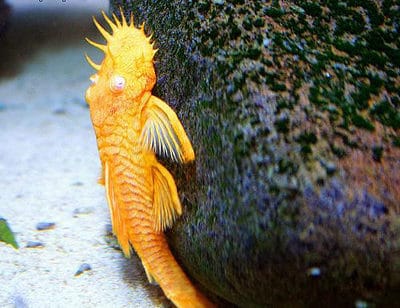
Ancistrus is one of the most common genera among aquarium plecos, especially among beginners. The bristlenose pleco is a species belonging to this genus.
Physically, the features that most call attention are the short barbels arranged around the mouth and its robust body. These fish have incredibly expressive eyes.
Coloration varies greatly between species and even within the same species, ranging from earthy to darker tones.
Behaviorally, Ancistrus is always searching for algae and debris in the aquarium. This trait makes him a valuable member of the cleaning crew. They appreciate hiding places and soft substrates to dig. Remember to offer caves and places of refuge for your pleco.
Royal pleco
The royal pleco (Panaque nigrolineatus) is a much sought-after pleco among aquarists and is seen by many as a true gem of the aquarium world.
This fish reaches monstrous sizes and has a majestic and strong appearance, reminiscent of a size of wood, with its high back and slightly pointed nose.
Its robust body is adorned with distinctive patterns, which vary from species to species, ranging from contrasting colors such as gold and black to brownish tones.
Regarding behavior, the royal pleco is not one of the most active fish, feeding preferentially at night. In their diet, the supply of wood is mandatory, but they are omnivores and appreciate a diversified diet.
Zebra pleco
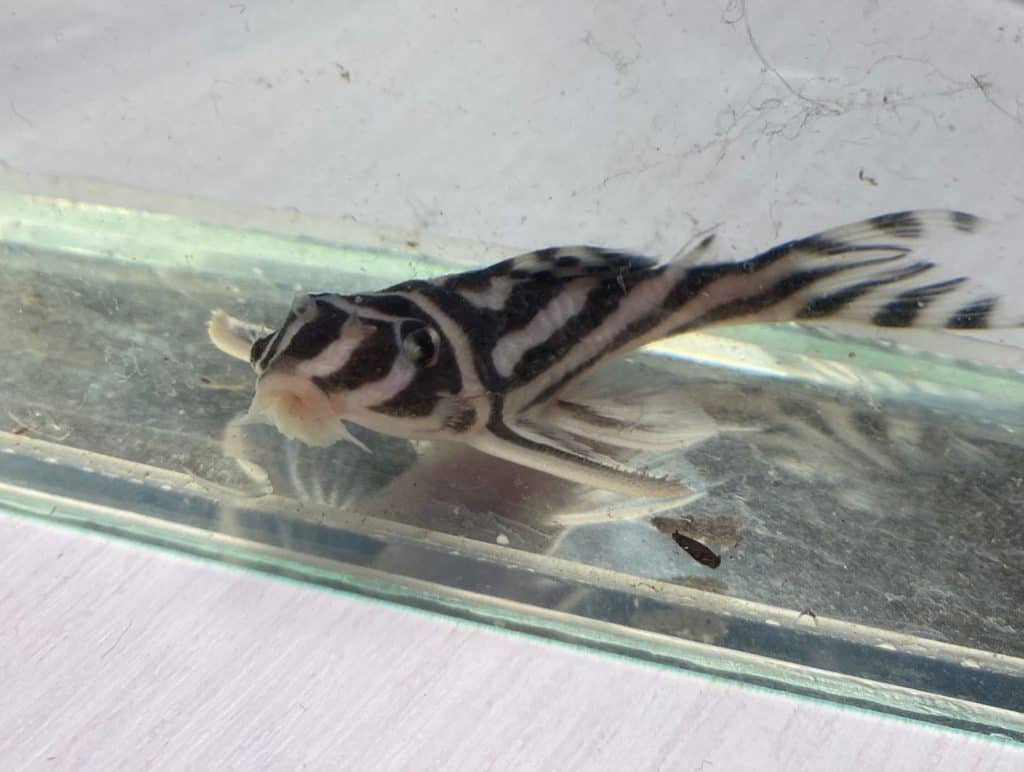
The Pleco Zebra pleco (Hypancistrus zebra) has a captivating appearance and is a classic pleco among fish keepers.
It’s easy to understand its popular name because of its pattern of black and white stripes, reminiscent of a zebra, adorning its elongated and slightly flattened body. Its pectoral fins are wide, and its eyes are large. These plecos inhabit rock crevices in places with heavy flow and gravel substrate.
Behaviorally, the zebra pleco is known to be active during the day and a little shy and curious at the same time, exploring the environment with interest. They prefer areas with hiding places where they can feel safe. Providing hiding places and a balanced diet will ensure a healthy environment for these vibrant fish.
Clown pleco
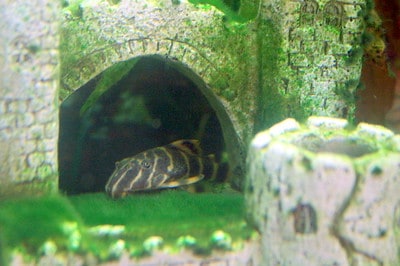
The pleco clown (Panaqolus maccus) is beautiful, featuring black stripes over a base that ranges from deep orange to golden yellow and white.
Its body is very wide and stocky, with a long dorsal fin and relatively short sides, as well as its barbels. They have wide mouths and big eyes.
Behaviorally, the clown pleco is a shy and friendly fish that prefers to hide during the day, becoming more active at night.
They like to hide between logs and accept living in groups, as long as each male has his territory.
Conclusion
Correctly identifying the type of pleco in your aquarium is necessary for us to provide species-specific care.
By observing physical characteristics such as color patterns, barbels, body shape, and behavior, we can identify our fish.
Although zoologists use detailed approaches, amateur aquarists can contribute and perform accurate identification. So dive into this knowledge and enjoy the incredible journey of caring for these wonderful aquatic creatures!


